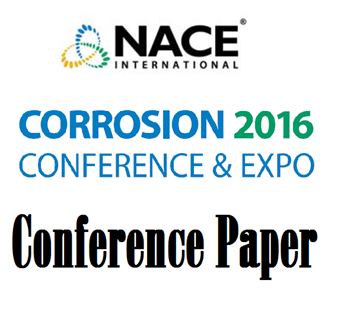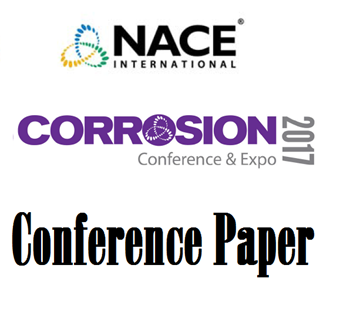Search
Products tagged with 'uns s31603'
View as
Sort by
Display
per page
51316-7109-Marine Crevice Corrosion Of Stainless Steel Alloys Under Biofilmed And Sterile Conditions
Product Number:
51316-7109-SG
ISBN:
7109 2016 CP
Publication Date:
2016
$20.00
Determining the Dissolved Oxygen (DO) Concentration Limit for Safe Operation of CRAs in Saline Solution
Product Number:
51317--9062-SG
ISBN:
9062 2017 CP
Publication Date:
2017
$20.00
Evaluation of 316L and 2205 Steels Under Flow Effects in Caustic Environments
Product Number:
51317--9158-SG
ISBN:
9158 2017 CP
Publication Date:
2017
$20.00
Improved Localized Corrosion Models For Stainless Steels In Aqueous Chloride Environments With Low Levels Of Dissolved Oxygen
Product Number:
51322-17955-SG
Publication Date:
2022
$20.00




